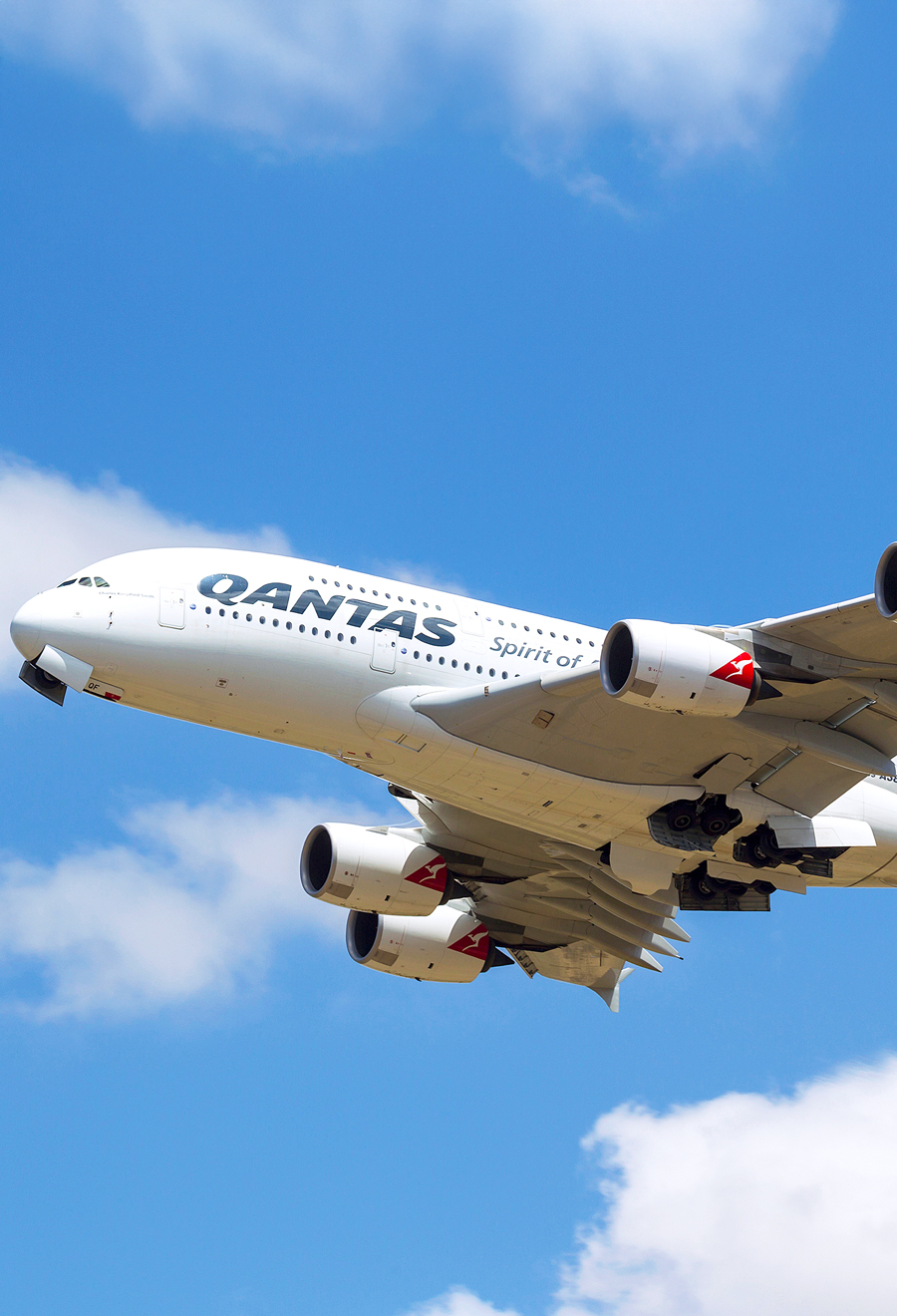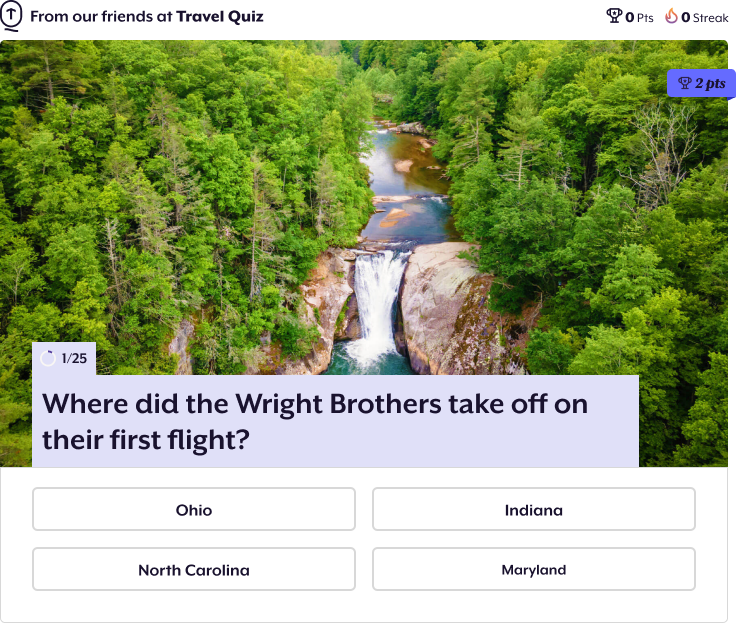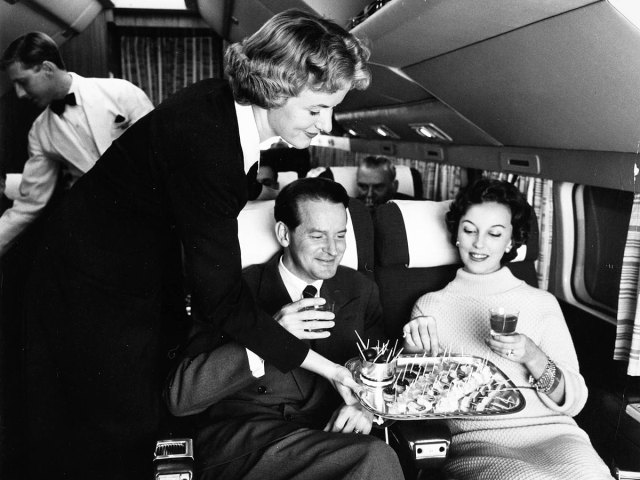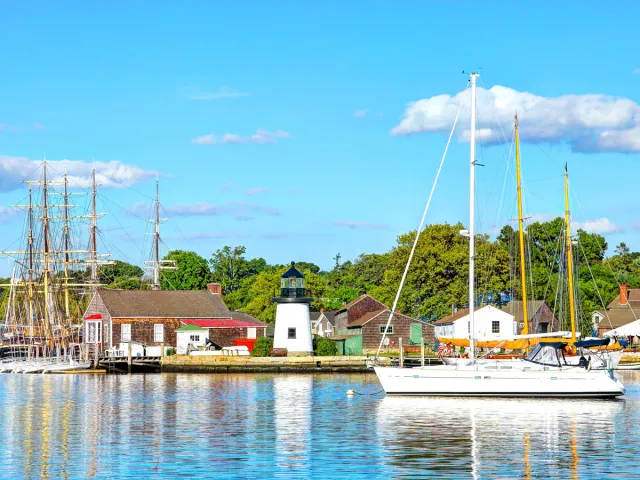The first scheduled passenger flight took place in 1914 between the Florida cities of St. Petersburg and Tampa. Throughout over a century of history, the industry has become notorious for its volatility — RIP, Pan Am, Eastern, and Braniff Airlines — yet some of the earliest airlines have proven that they are in it for the long haul. These are the world’s 10 oldest continuously operating airlines.
10. Grand Canyon Airlines – United States
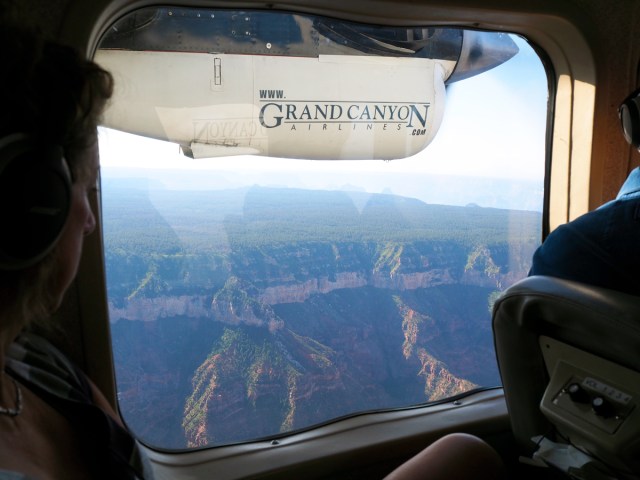
Established: October 3, 1927
For nearly a century, Grand Canyon Airlines has been offering aerial tours over one of the Seven Natural Wonders of the World. According to the carrier, it is the world’s oldest aerial tour company and has flown more than 100 million passengers over the Grand Canyon and surrounding landmarks since its first flight in 1927. Back then, the airline was called Scenic Airways, before changing its name to Grand Canyon Airlines in 1930.
The company introduced commercial flights to Boulder City Airport in Nevada in 1936. Today, the airline is still based near the Grand Canyon. It operates a fleet of more than 20 de Havilland DHC-6 Twin Otter and Cessna 208B Caravan aircraft on tours of the canyon and nearby natural wonders like Monument Valley, Rainbow Bridge, and Antelope Canyon.
9. Iberia – Spain
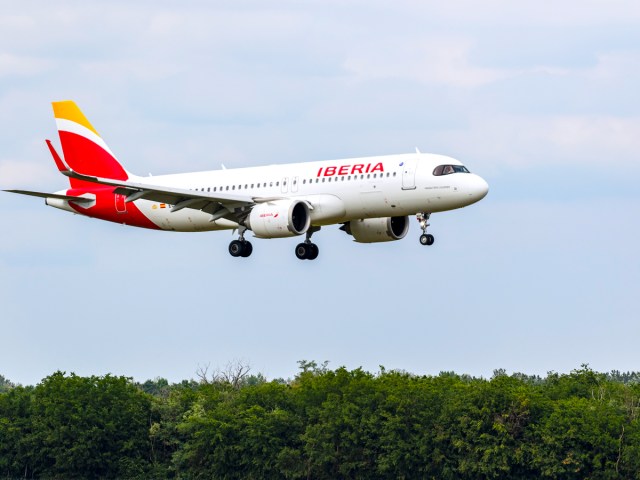
Established: June 28, 1927
Iberia, the flag carrier of Spain, was established in June 1927 to provide an air link from the Spanish mainland to the Canary Islands and North Africa. The first flights took place on Rohrbach Roland airplanes, which had space for just two crew members and 10 passengers. In 1946, the company launched the first regular service between Europe and South America. Flight attendants were also introduced at the same time.
Originally a government-owned company, Iberia was privatized in 2001 and joined the IAG Group in 2011, which also includes airlines such as British Airways and Aer Lingus. As of 2025, Iberia has a fleet of more than 160 aircraft that connect to 135 cities throughout Africa, the Americas, Asia, Europe, and the Middle East.
8. Air Serbia – Serbia
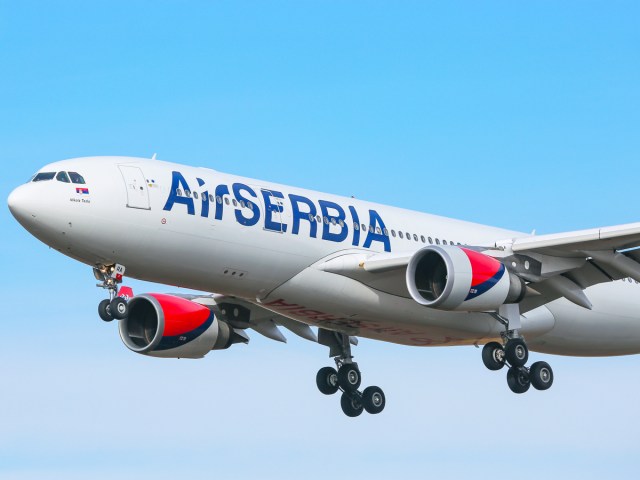
Established: June 17, 1927
The history of Air Serbia began in the same month as Iberia with the founding of an airline called Aeroput. The company’s first regular route was between Belgrade and Zagreb, which at the time were located in the Kingdom of Serbs, Croats, and Slovenes (later called Yugoslavia). Aeroput paused operations during World War II, but the company began to fly again in 1947 under the name Yugoslav Airlines.
The name changed again in 2003 to Jat Airways and, following an investment from Middle East carrier Etihad Airways, finally changed in 2013 to Air Serbia. With a main hub in Belgrade, the airline has a fleet of over 30 aircraft, as of 2025, and reaches over 90 destinations in Europe, North America, and the Middle East.
7. American Airlines – United States
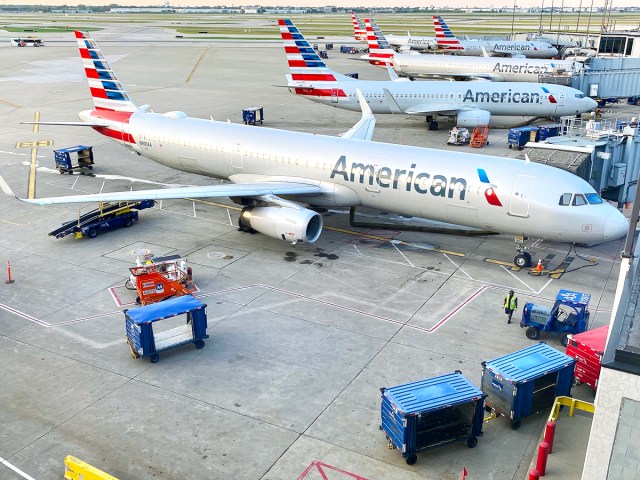
Established: April 15, 1926
American Airlines’ journey started in April 1926, when acclaimed aviator Charles Lindbergh piloted a postal service route between St. Louis, Missouri, and Chicago, Illinois. Following eight years of mail-only routes, the airline introduced passenger services in 1934. In 1936, the airline was the first to fly the revolutionary Douglas DC-3 aircraft, with service from New York City to Chicago. American also pioneered the first nonstop transcontinental jet flight across the U.S. in 1959 aboard a Boeing 707.
Other groundbreaking events in the airline’s history include the introduction of the world’s first flight attendant training facility in 1957 and one of the first airline loyalty programs (and oldest one still in existence), AAdvantage, in 1983. In 2013, American merged with US Airways to become the world’s largest airline in terms of passengers carried. American now flies to around 350 destinations in 50 countries with a fleet of over 900 aircraft.
6. Delta Air Lines – United States
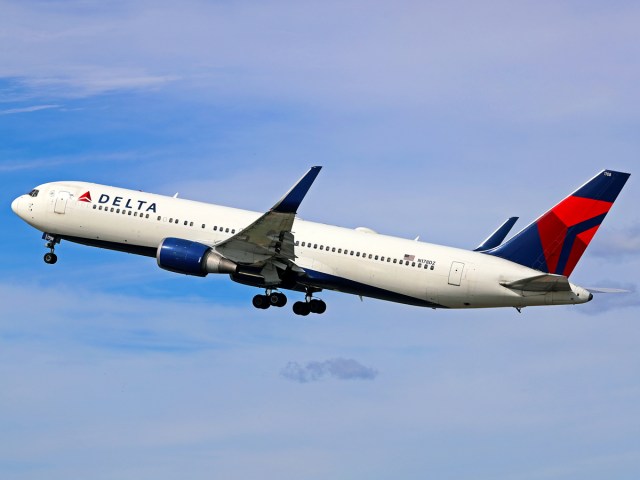
Established: March 2, 1925
Delta’s history dates back to 1925 with the founding of Huff Daland Dusters, an aerial crop-dusting company based in Macon, Georgia. Passenger services commenced in 1929, with a flight from Dallas, Texas, to Jackson, Mississippi. It became Delta Air Lines in 1945, and one year later, the airline launched the first nonstop flight between Chicago and Miami on the Douglas DC-4.
Through several mergers — including with Northeast Airlines in 1972, Western Airlines in 1987, and Northwest Airlines in 2008 — Delta has grown to become one of the largest airlines in the world. Today, it transports over 200 million passengers per year to over 275 destinations on six continents. Aviation buffs can delve further into the airline’s history and see restored former planes at the Delta Flight Museum at Atlanta Hartsfield-Jackson Airport.
5. Finnair – Finland
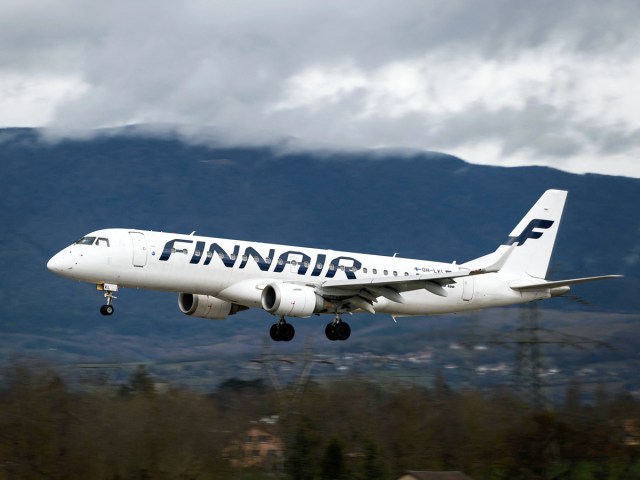
Established: November 1, 1923
Finland’s flag carrier and largest airline began operations in 1923 as Aero, a company that flew mail from Helsinki to Tallinn, Estonia. For the first 12 years of its operations, Aero used Junkers aircraft fitted with floats for water landings. Following a hiatus during World War II, the Finnish government took control of Aero and introduced longer European routes. A major expansion occurred in 1952, when the Helsinki Olympics led to an increase in passenger numbers to over 100,000 annually.
The name Finnair first began to appear on marketing releases in 1953, but it wasn’t until 1968 that the name was officially changed. In 1983, it became the first European airline to offer nonstop flights from Western Europe to Japan, with service from Helsinki to Tokyo. Today, Finnair flies a fleet of more than 70 aircraft to over 100 destinations in Europe, Asia and North America.
4. Aeroflot – Russia
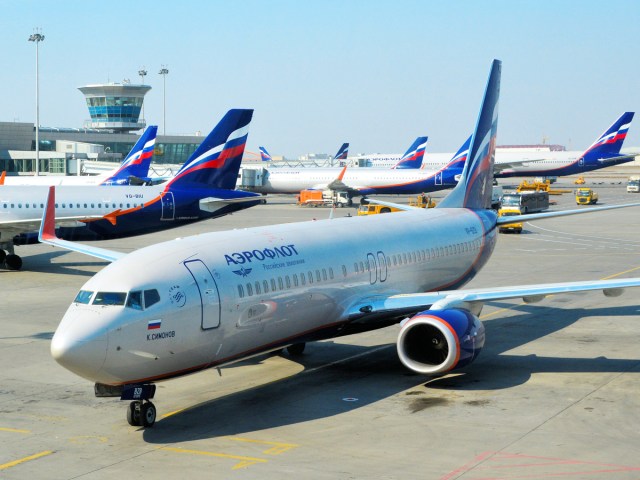
Established: February 3, 1923
When a Junkers F 13 aircraft took off from Moscow to Nizhny Novgorod in March 1923, it laid the foundations for what is today Russia’s flag carrier. Originally called Dobrolet, the airline adopted the name Aeroflot, which translates to “air fleet,” in 1932.
Mail and cargo were the main focus throughout the 1930s — at one time, Aeroflot transported larger volumes of freight than any carrier in the United States. Following the dissolution of the Soviet Union in the early 1990s, the airline was divided into several regional carriers. However, a merger in 2011 reorganized the airlines under the Aeroflot brand.
3. Qantas – Australia
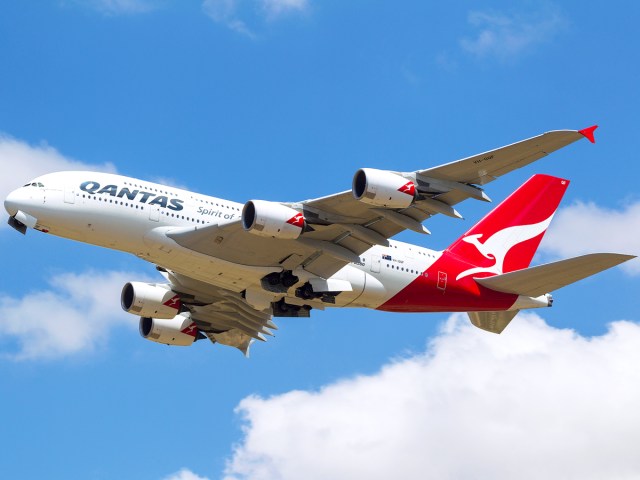
Established: November 16, 1920
Queensland and Northern Territory Aerial Services — Qantas for short — was established in Australia in November 1920 by World War I veterans Paul McGinness and Hudson Fysh. The airline’s first flights helped to connect people and goods with the country’s remote northern region. Regularly scheduled mail and passenger services began in 1922, and the first passenger was an 84-year-old pioneer of the Australian outback named Alexander Kennedy.
Overseas routes were introduced in the 1930s, first to Singapore and later to the United Kingdom via a connecting service. Nicknamed the “Flying Kangaroo,” Qantas launched nonstop services from Australia to the U.S. in 1984 on Boeing 747SP aircraft. In 2026, Qantas plans to launch the world’s longest nonstop flights from Melbourne and Sydney to New York and London.
2. Avianca – Colombia

Established: December 5, 1919
The world’s second-oldest airline still in operation is Colombia’s flag carrier, Avianca. The airline was established in December 1919 as Sociedad Colombian Alemana de Transportes Aéreos (SCADTA). During its first decade, the airline had a fleet of 25 aircraft that connected from its base in Barranquilla to Bogota, Girardot, Puerto Berrío, and Neiva.
International routes started in 1940 to Lima, Miami, Panama, Quito, and several European cities. At the same time, SCADTA merged with the Colombian Air Service and became Aerovías Nacionales de Colombia S.A., or Avianca. The airline was the first Latin American carrier to fly a Boeing 747 jumbo jet in 1976. Avianca is now the flagship carrier of the Avianca Group, a network of Latin American carriers that formed in 2010.
1. KLM – The Netherlands
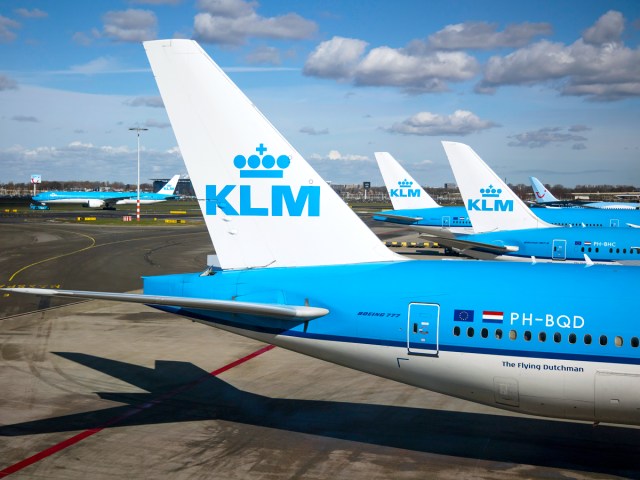
Established: October 7, 1919
Established in the Netherlands just two months prior to Avianca, KLM Royal Dutch Airlines (officially named Koninklijke Luchtvaart Maatschappij N.V., or “Royal Aviation Company”) is the oldest extant airline in the world. The first KLM-operated flight traveled from London to Amsterdam in May 1920. Onboard were the pilot, two journalists, newspapers, and a letter from the Mayor of London to the Mayor of Amsterdam.
Four years later, KLM launched the longest air route at the time, from Amsterdam to Jakarta. Another groundbreaking event took place in 1946 with the first scheduled flights from Europe to New York. KLM merged with Air France in 2004, although both retained their individual operations and branding.
More from our network
Daily Passport is part of Inbox Studio, which publishes content that uplifts, informs, and inspires.






